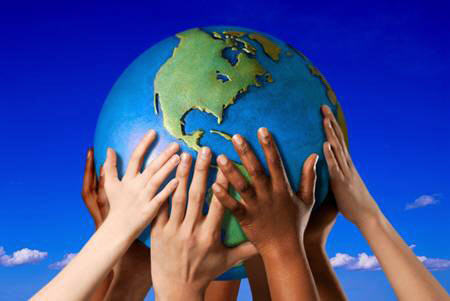Having studied psychology for a little while, I was always quick at jumping in to argue that the ‘universal theory’ that I was being taught really was not universal – I knew too much about cross-culture. My exasperated teacher acknowledged the validity of my claims but explained I had to learn to walk before I could run and that we would (eventually) study the impact of culture.
However, in recent years, culturally oriented psychologists have sought to show that emotions are “not the direct outcome of physiological or neurological mechanisms…[but] are always situated and embedded in specific cultural contexts. Accordingly, they are fully saturated with cultural meanings.”
One thing I didn’t learn back then and have been delighted to encounter is some research on the cross-cultural differences in the concept of happiness via Mind Hacks. So, are there cross-cultural differences in happiness? Apparently, yes. And the differences are all to do with cultural variations in the perception of the self.
For North Americans and Europeans, happiness tends to be defined in terms of personal achievement and happiness is best predicted by self-esteem. For East Asians, happiness tends to be defined in terms of interpersonal connectedness and happiness is best predicted by how well embedded the self is in a social network.
Again, as interculturalists, we are reminded of the Individualism-Collectivism dimension of culture. However, when talking about Collectivism and social harmony I somehow hadn’t managed to make this deep connection with happiness.
The West has a strong belief in independence and autonomy of the self (Individualism). The self is believed to be the centre of thought, action and motivation and happiness is to be found in personal striving. “Happiness is likely to be constructed as personal achievement”.
For East Asian cultures, the self-in-relationship-with-others (Collectivism) is believed to be the locus of thought, action, and motivation. Individuals in these societies are highly motivated to adjust themselves to fit into pertinent social relations. Commitments to social roles, social obligations, and readiness to respond to social expectations are all manifestations of this socially oriented motivation for realizing an interdependent self. Happiness is to be found in positive social realtionships and mutual sympathy. “Happiness is constructed as realisation of social harmony.”
The research concludes that emotions are “are fully saturated with cultural meanings.”
Footnote: aim of research to re-evaluate the common understanding of emotions as biologically determined and therefore universal, regardless of where or by whom they are experienced. Particpants in the research were East Asians (represented by Filipino and Japanese participants) and European-Americans (represented by people living in the US). For more information on MindHacks the book by Tom Stafford and Matt Webb and blog.



 Hello, I'm Deborah Swallow and, for the last fifteen years, I've worked in over thirty countries addressing the complexities of people working internationally across multiple cultures, so individuals and organisations alike can gain an authentic competitive edge and win in international markets.
Hello, I'm Deborah Swallow and, for the last fifteen years, I've worked in over thirty countries addressing the complexities of people working internationally across multiple cultures, so individuals and organisations alike can gain an authentic competitive edge and win in international markets. 